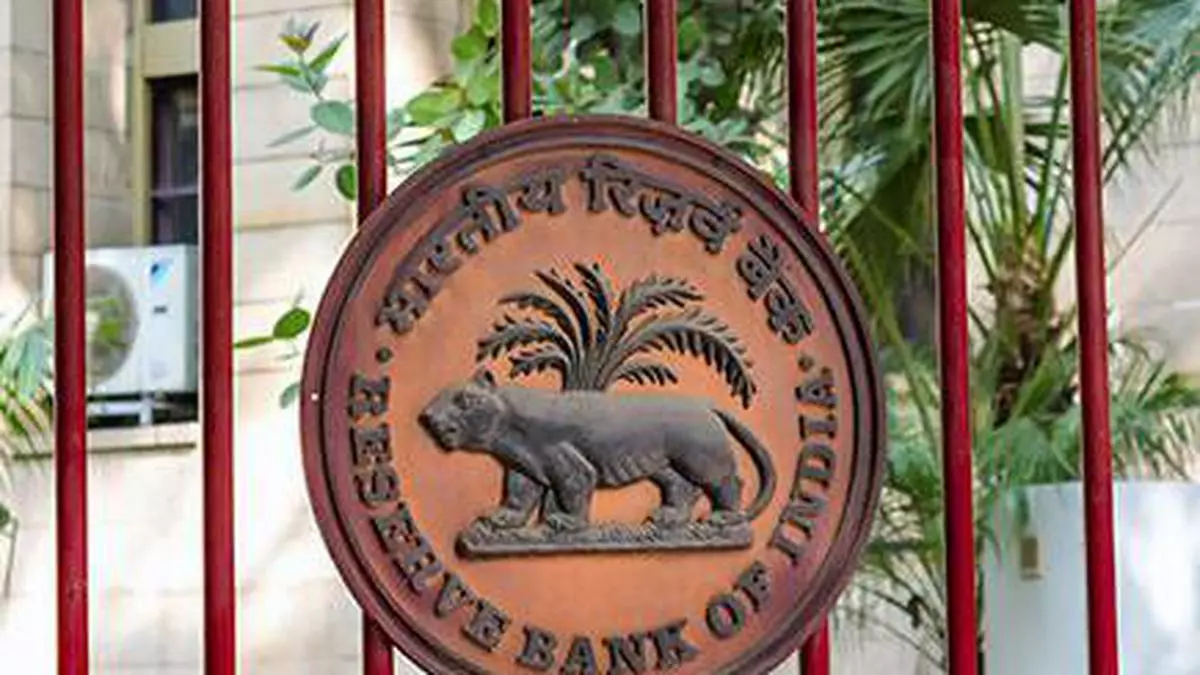Big liquidity surplus prompts RBI to soak it up via VRRR auctions
With short-term liquidity turning into a big surplus, the Reserve Bank of India (RBI) conducted two back-to-back variable rate reverse repo (VRRR) auctions on Tuesday to soak it up.
Short-term liquidity surplus stood at ₹1,62,347 crore as of March 4 against ₹65,620 crore on March 3, per RBI’s data on money market operations. Overall excess liquidity stood at ₹40,902 crore against a deficit of ₹19,220 crore.
The funds which banks otherwise deploy in weekly government security (G-Sec) auctions are now available with them as the government’s borrowing programme ended in mid-February. Moreover, banks are seeing accretion in funds due to government spending.
At the first one-day VRRR auction for a notified amount of ₹1-lakh crore, banks deployed funds aggregating ₹72,840 crore. The central bank accepted these funds at a weighted average rate (WAR) of 6.49 per cent.
At the second one-day VRRR auction for a notified amount of ₹75,000 crore, banks deployed funds aggregating ₹11,185 crore. The central bank accepted these funds at the aforementioned WAR.
Venkatakrishnan Srinivasan, Founder & Managing Partner, Rockfort Fincap LLP, noted that excess banking system liquidity reached ₹40,901.86 crore after many months. He expects the RBI to resort to continuous short-term VRRR auctions to tighten liquidity.
“Deployment in the Standing Deposit Facility (SDF), which allows banks to park excess liquidity with the RBI, reached ₹1,18,731 crore, compared to ₹65,639 crore on the previous day. The improved liquidity conditions are due to the completion of scheduled Government of India borrowings in February.
“The system liquidity improves in the beginning of the month due to the government’s month-end spending and drains out over the period due to tax outflows,” he said.
Venkatakrishnan opined that the decision to conduct VRRR auctions or to allow surplus liquidity to persist depends on various factors, including the overall economic conditions, inflationary pressures, and liquidity trends.
